کمپانی سازنده: Master Diagnostica
کشور: اسپانیا
حجم پروب: 100میکرولیتر برای 10 تست در قالب (RTU)
فیلترهای مورد نیاز:
روش و پروتکل انجام تست فیش (FISH): این پروب برای بررسی و استفاده از تکنیک هیبریدازیسیون (FISH) بر روی بافت های پارافین قابل استفاده می باشد و پیشنهاد می شود برای استفاده از این پروب فیش از کیت آماده سازی Master diagnostica FISH Pretreatment و پروتکل های پیشنهادی آن استفاده نمایید.
توجه: پیشنهاد می شود که قبل از استفاده از ویال, آن را با کمک سمپلر مخلوط نموده و سپس استفاده کنید.
زمان و دمای دناتوره شدن: 5 دقیقه – 80 درجه سانتی گراد
زمان دمای هیبرید شدن: 43 درجه سانتی گراد – 16 ساعت
تفسیر نتایج:
به طور کلی جهت تفسیر نتایج بر روی این پروب فیش (FISH) پیشنهاد می شود که معیارهای ارزیابی پذیرفته شده که در سرتاسر جهان استفاده میشود را مورد بررسی قرار دهید.
لطفا کاتالوگ پروب را از همین صفحه دانلود کنید و اطلاعات بیشتر را مطالعه فرمایید.

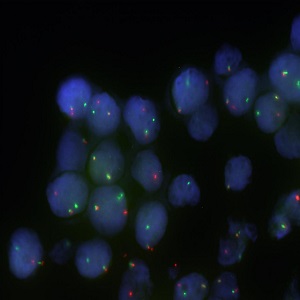


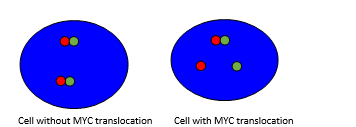
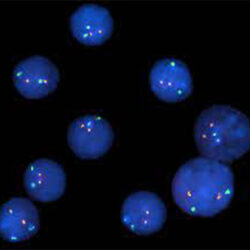

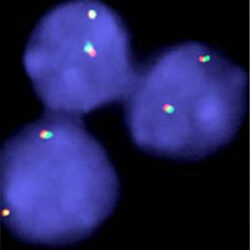
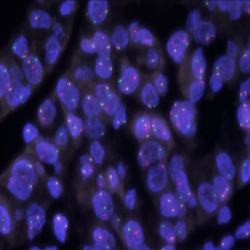
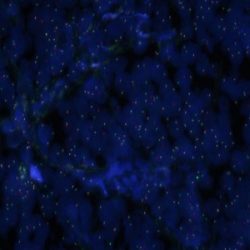
دیدگاهها
هیچ دیدگاهی برای این محصول نوشته نشده است.